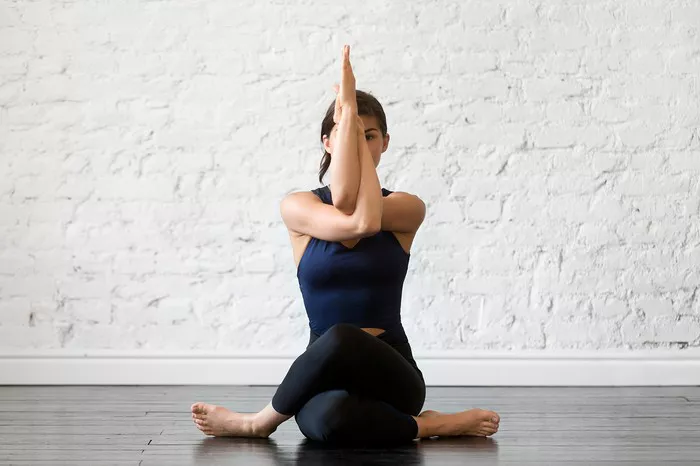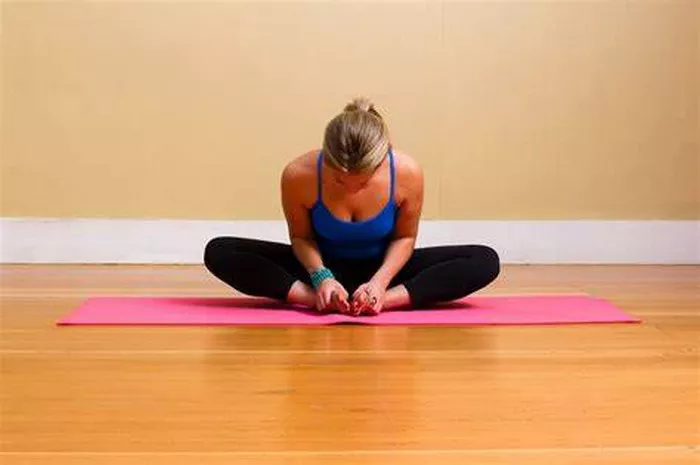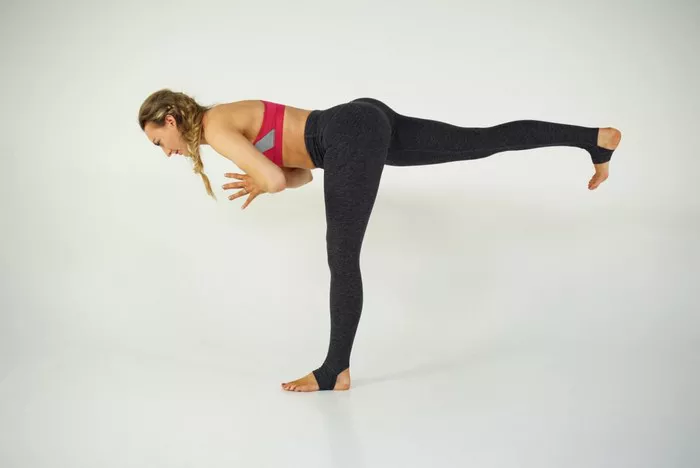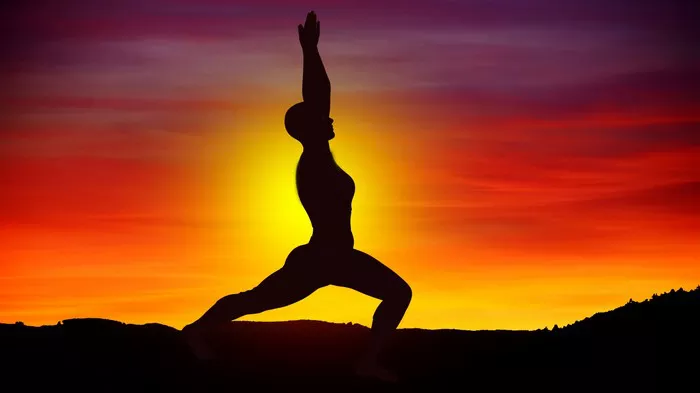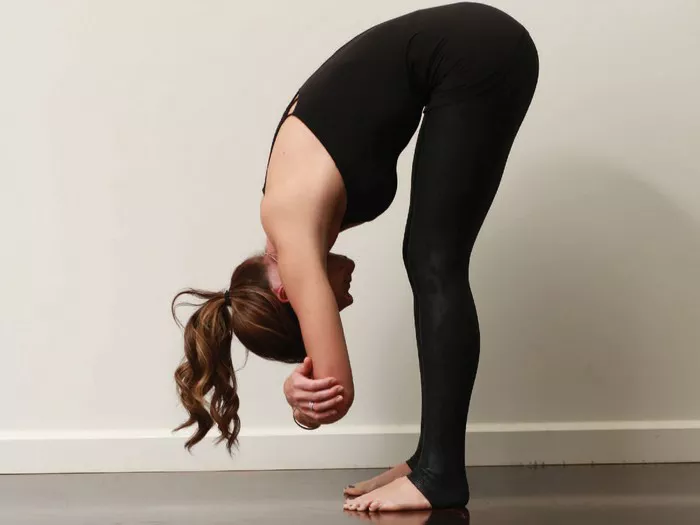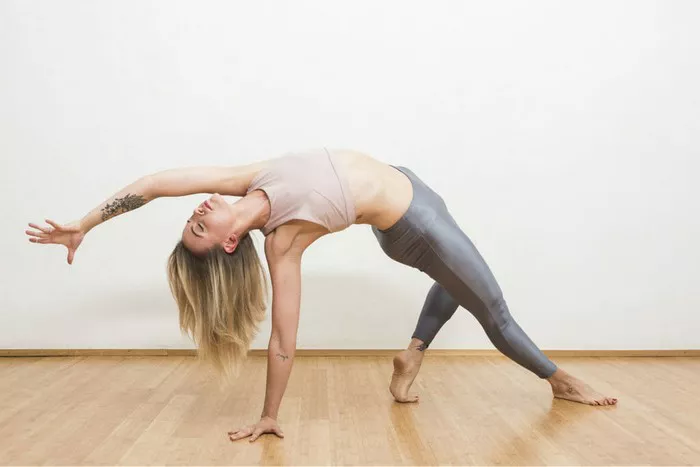Yoga, an ancient practice originating from the Indian subcontinent, embodies a profound intertwining of physical, mental, and spiritual elements. Among its myriad poses, the Half Frog Pose, or Ardha Bhekasana, stands out as a transformative posture with multifaceted benefits. In this article, we delve into the origins and symbolism of the Half Frog Pose, explore its physical and mental advantages, discuss variations and modifications, provide step-by-step instructions, and highlight precautions and contraindications.
Origins and Symbolism
The roots of the Half Frog Pose trace back to the rich tapestry of yogic tradition. Named after the Sanskrit words “Ardha” (meaning half), “Bheka” (meaning frog), and “Asana” (meaning posture), this pose embodies the graceful yet powerful essence of its amphibian namesake. Frogs symbolize fertility, transformation, and cleansing in various cultures worldwide. Similarly, the Half Frog Pose symbolizes the process of shedding old patterns, embracing change, and nurturing growth.
In yogic philosophy, the frog is associated with the second chakra, Svadhisthana, which governs emotions, creativity, and sensuality. By practicing Ardha Bhekasana, practitioners aim to balance and energize this chakra, fostering emotional stability and creative expression.
Physical and Mental Benefits
The Half Frog Pose offers a myriad of physical and mental benefits, making it a valuable addition to any yoga practice:
1. Hip Flexibility: Ardha Bhekasana targets the hip flexors, quadriceps, and groin, enhancing flexibility and mobility in these areas.
2. Spinal Health: The gentle backbend in Half Frog Pose elongates the spine, alleviating tension and promoting spinal health.
3. Stimulated Abdominal Organs: As the chest expands in this pose, abdominal organs receive a gentle massage, promoting digestion and detoxification.
4. Strengthens Core Muscles: Engaging the core muscles stabilizes the torso and enhances overall strength and stability.
5. Emotional Release: The opening of the hips in Ardha Bhekasana can release stored emotions and tension, promoting mental clarity and emotional well-being.
6. Enhanced Circulation: The stretching and compression of muscles in this pose improve blood circulation, nourishing tissues and organs throughout the body.
7. Improved Posture: Regular practice of Half Frog Pose can correct postural imbalances by strengthening the muscles along the spine and pelvis.
Variations and Modifications
While Ardha Bhekasana offers numerous benefits, variations and modifications cater to practitioners of all levels and abilities:
1. Supported Half Frog Pose: Place a bolster or folded blanket under the chest for added support, reducing strain on the lower back.
2. Half Frog Pose with a Strap: Use a yoga strap around the foot of the bent leg to facilitate the stretch, especially for practitioners with limited flexibility.
3. Wall Variation: Perform Half Frog Pose with the support of a wall, allowing the back leg to rest against the wall for added stability.
4. Dynamic Half Frog Pose: Incorporate gentle movement into the pose by alternating between flexing and extending the back leg, enhancing flexibility and range of motion.
Step-by-Step Instructions
Follow these step-by-step instructions to practice Ardha Bhekasana safely and effectively:
- Begin in a prone position (lying on your stomach) on your yoga mat.
- Prop yourself up on your forearms, keeping them shoulder-width apart and parallel to each other.
- Bend your right knee and bring it towards your right shoulder, allowing the right foot to rest beside the right hip.
- Ensure that the right knee is aligned with the right hip, forming a 90-degree angle.
- Press the top of your right foot into the mat, engaging the muscles of the right leg.
- Inhale deeply as you lift your torso slightly off the mat, extending through the crown of your head.
- As you exhale, reach back with your right hand and grasp the top of your right foot or ankle.
- Gently draw the right heel towards the right buttock, feeling a deep stretch in the front of the right thigh and hip.
- Keep the left leg extended and engaged, pressing the top of the left foot into the mat.
- Hold the pose for 30-60 seconds, breathing deeply and evenly.
- To release, slowly release your grip on the right foot and lower your torso back down to the mat.
- Repeat the pose on the opposite side, bending the left knee and bringing the left foot towards the left shoulder.
Precautions and Contraindications
While the Half Frog Pose offers numerous benefits, it’s essential to practice with mindfulness and awareness of your body’s limitations. Consider the following precautions and contraindications:
1. Knee or Hip Injuries: Avoid practicing Ardha Bhekasana if you have acute knee or hip injuries, as this pose places stress on these joints.
2. Lower Back Issues: If you have lower back pain or discomfort, approach this pose with caution and consider using props for support.
3. Pregnancy: Pregnant individuals should avoid deep backbends and poses that compress the abdomen, making Half Frog Pose unsuitable during pregnancy.
4. High Blood Pressure: Individuals with hypertension should practice Ardha Bhekasana mindfully, avoiding excessive strain and focusing on steady breathing.
5. Neck Injuries: Take care to keep the neck in a neutral position and avoid straining or overextending it during the pose.
Conclusion
In conclusion, the Half Frog Pose, Ardha Bhekasana, offers a transformative journey of physical, mental, and emotional well-being. By incorporating this pose into your yoga practice with mindfulness and awareness, you can unlock its myriad benefits and cultivate harmony within body, mind, and spirit. Remember to listen to your body, honor its limitations, and approach each practice with openness and curiosity.





